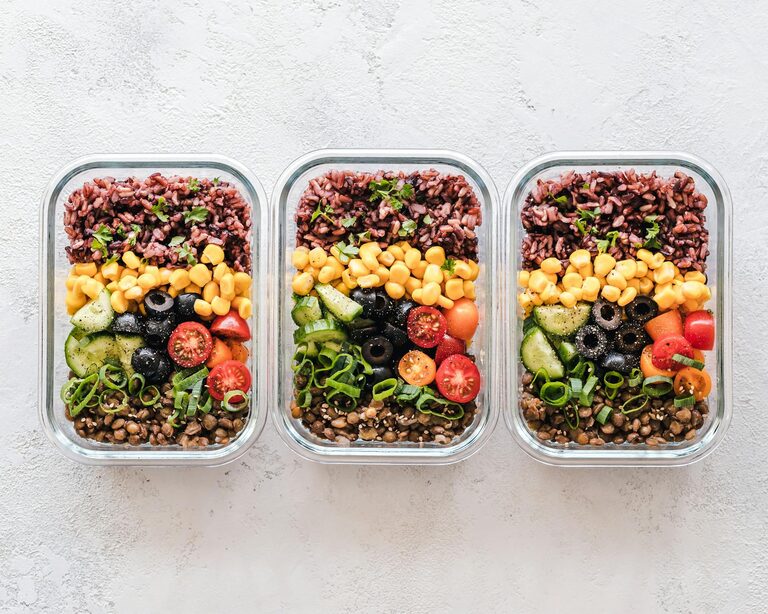Planning your meals for the week can seem like a daunting task. However, creating a simple weekly meal plan is one of the best ways to save time, avoid last-minute stress, and maintain a balanced diet. Whether you’re cooking for yourself, your family, or a group, meal planning helps you stay organized and makes grocery shopping more efficient. In this post, we’ll walk you through easy steps to create your own weekly meal plan that fits your lifestyle and preferences.
Why Create a Weekly Meal Plan?
Before diving into the how-to, let’s look at some benefits:
– Saves time: No more thinking about what to cook each day.
– Reduces food waste: Buy only what you need.
– Helps eat healthier: Plan balanced meals with proper portions.
– Saves money: Avoid last-minute takeout and impulse buys.
– Decreases stress: Enjoy more relaxed mealtimes.
Step 1: Assess Your Week Ahead
Start by taking a look at your upcoming week. Ask yourself:
– How many meals will you need to plan? (Breakfast, lunch, dinner)
– Will you eat out on any days or attend events?
– How much time do you have for cooking each day?
Knowing your schedule helps determine how many meals to prepare and how much time you can spend cooking, so your plan stays realistic.
Step 2: Choose Your Recipes
Select easy and nutritious recipes that you and your household enjoy. Here are tips to help you choose:
– Pick recipes with ingredients you already have to reduce costs.
– Include meals that can be made in bulk and stored for later.
– Combine fresh dishes with some pantry staples to mix it up.
– Aim for a balance of proteins, vegetables, grains, and healthy fats.
If you’re short on time, consider using batch cooking methods like casseroles, soups, or stir-fries.
Step 3: Create a Meal Calendar
Using a simple calendar, either on paper or digitally, map out your meals for each day of the week.
– Assign breakfast, lunch, and dinner slots.
– Plan leftovers for some meals to save time.
– Include snacks or special occasions if needed.
This visual will make grocery shopping easier and help keep you on track.
Sample Weekly Meal Plan Layout
| Day | Breakfast | Lunch | Dinner |
|———–|—————–|——————-|——————|
| Monday | Oatmeal + fruit | Chicken salad | Stir-fry & rice |
| Tuesday | Yogurt + nuts | Leftover stir-fry | Spaghetti & veg |
| Wednesday | Smoothie bowl | Quinoa salad | Baked fish & veg |
| Thursday | Eggs & toast | Sandwich | Soup & bread |
| Friday | Pancakes | Leftover soup | Homemade pizza |
| Saturday | Granola & milk | Grilled chicken | Tacos |
| Sunday | Muffins | Pasta salad | Roast dinner |
Step 4: Make a Shopping List
Based on your meal calendar, list all the ingredients you’ll need.
– Organize the list by grocery sections (produce, dairy, meat, pantry).
– Check your kitchen to avoid buying duplicates.
– Include staples like spices, oils, and condiments if running low.
Having a detailed list prevents impulse buys and saves time at the store.
Step 5: Prep Ahead When Possible
Preparation can be a huge time-saver during busy weekdays.
– Wash and chop vegetables in advance.
– Cook grains or proteins ahead of time.
– Portion snacks or ingredients into containers.
– Label and store prepped food in the fridge or freezer.
Even spending a short amount of time prepping helps meals come together quickly and easily.
Extra Tips for Successful Meal Planning
– Stay flexible: Sometimes plans change; swap meals when necessary.
– Keep it simple: Don’t overcomplicate recipes, especially if you’re new to meal planning.
– Use leftovers creatively: Incorporate them into new dishes like wraps or salads.
– Involve your family: Get input on favorite meals and make it a shared activity.
– Try theme nights: For example, Meatless Monday or Taco Tuesday can add variety.
Final Thoughts
Creating a simple weekly meal plan doesn’t require extensive cooking skills or a huge time commitment. With some planning and organization, it can transform the way you approach meals, making your week smoother and more enjoyable. Start with small steps and customize the plan to suit your taste and schedule. Soon, meal planning will become a helpful habit that supports your overall wellbeing.
Happy cooking!



